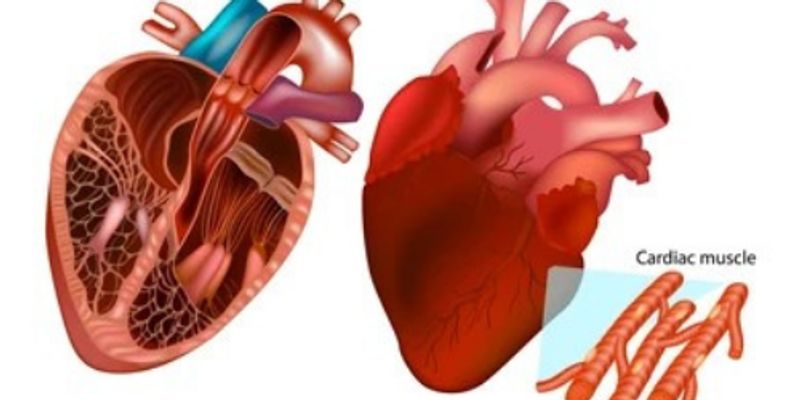Heart muscle
The heart muscle, also known as the cardiac muscle, makes up the thick middle layer of the heart. It is one of three types of vertebrate muscle tissue, the other two being the skeletal muscle and smooth muscle. The heart muscle constitutes the main tissue of the wall of the heart. Credit: Shutterstock.
-
DEC 12, 2023 | 8:00 PMEmbryonic epicardium is crucial for normal heart morphogenesis. The tissue originates from the proepicardial organ, with cells migrating to form the outer mesothelial layer, giving rise to n...Synthetic adeno-associated virus (AAV) biology is an emerging interdisciplinary field that involves the re-design of all AAV components, including capsids, packaged genomes, and starting mat...Speaker: Jude Samulski, Ph.D.
DEC 03, 2020 | 9:00 AM
Date: December 3, 2020 Time: 9:00am (PDT), 12:00pm (EDT) Scientific cameras used in applications such as light sheet microscopy and calcium/voltage imaging put a large emphasis on high speed...
Similar to the “histone code” hypothesis in which epigenetic marks on histone tails expand the information potential of the genetic code, different tubulin isoforms, combined wit...
APR 14, 2020 | 9:00 AM
DATE: April 14, 2020 TIME: 9:00am PDT, 12:00pm EDT Besides being Gibco Cell Culture Heroes, what do Vivek, Sandra, Daisy, Ameet and Kristine all have in common? They are all stuck at home fo...
Speaker:
Kristine Wadosky, PhD
, Ameet Chimote, PhD
, Elizabeth Delery, PhD
, Daisy Shu, B.Optom, PhD
, Vivek Kamat, PhD
, Sandra Hammer, PhD
Sponsored By: Thermo Fisher Scientific/Gibco
DATE: August 30, 2017TIME: 10:00am PT, 1:00pm ETRecent studies show that cancer cells can resist treatment by changing into a different cell type. Many treatments for specific cancers,...
Cardiomyocytes (CMs) derived from human induced pluripotent stem cells (iPSCs) as well as engineered heart muscles offer great potential for regenerative applications by CM transplantation, f...
The generation of induced pluripotent stem cells (iPSCs) from adult easily accessible somatic tissues was introduced ten years ago. This technology has revolutionized our opportunities to stu...
Speaker:
KEYNOTE: Silke Rickert-Sperling, PhD
Presented at: 4th Annual 24 Hours of Stem Cells™ virtual event
Genetic testing has been an important component of medical care for decades but the breadth and impact of testing has been steadily increasing as medical knowledge increases, appreciation of ...
Speaker:
Katherine Rauen, MD, MS, PhD
, Robert Nussbaum, MD
Presented at: GENETICS IN YOUR CLINIC: WHAT YOU CAN AND SHOULD DO NOW
APR 07, 2015 | 8:30 AM
Date: Tuesday, April 7th, 2015Time: 8:30AM PST, 11:30AM EST, 5:30PM CETThe development of new medicines for Diabetes Type 2 complications has proven to be challenging due to the use of cell...
Speaker:
Roberto Iacone, PhD
, Brad Swanson, PhD
Sponsored By: Cellular Dynamics,
Cellular Dynamics
...











